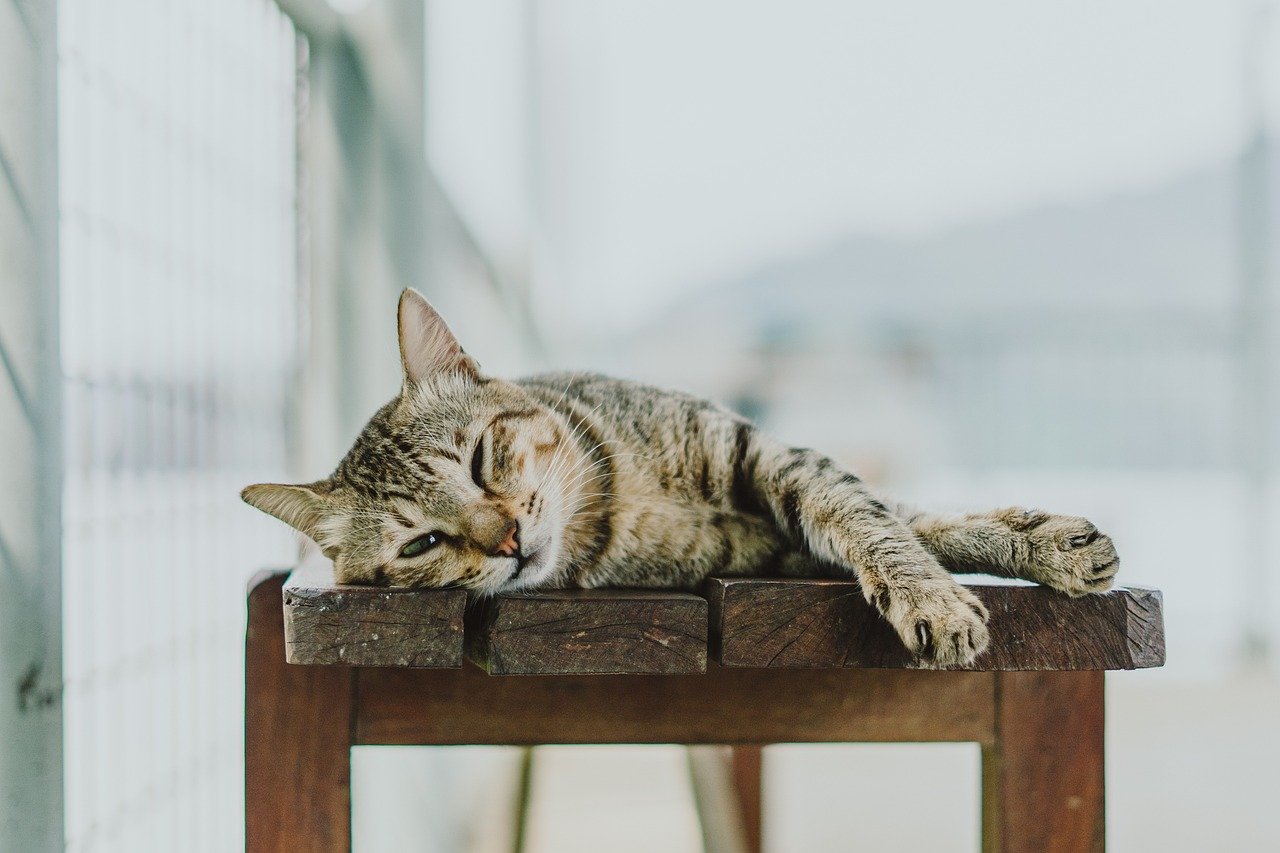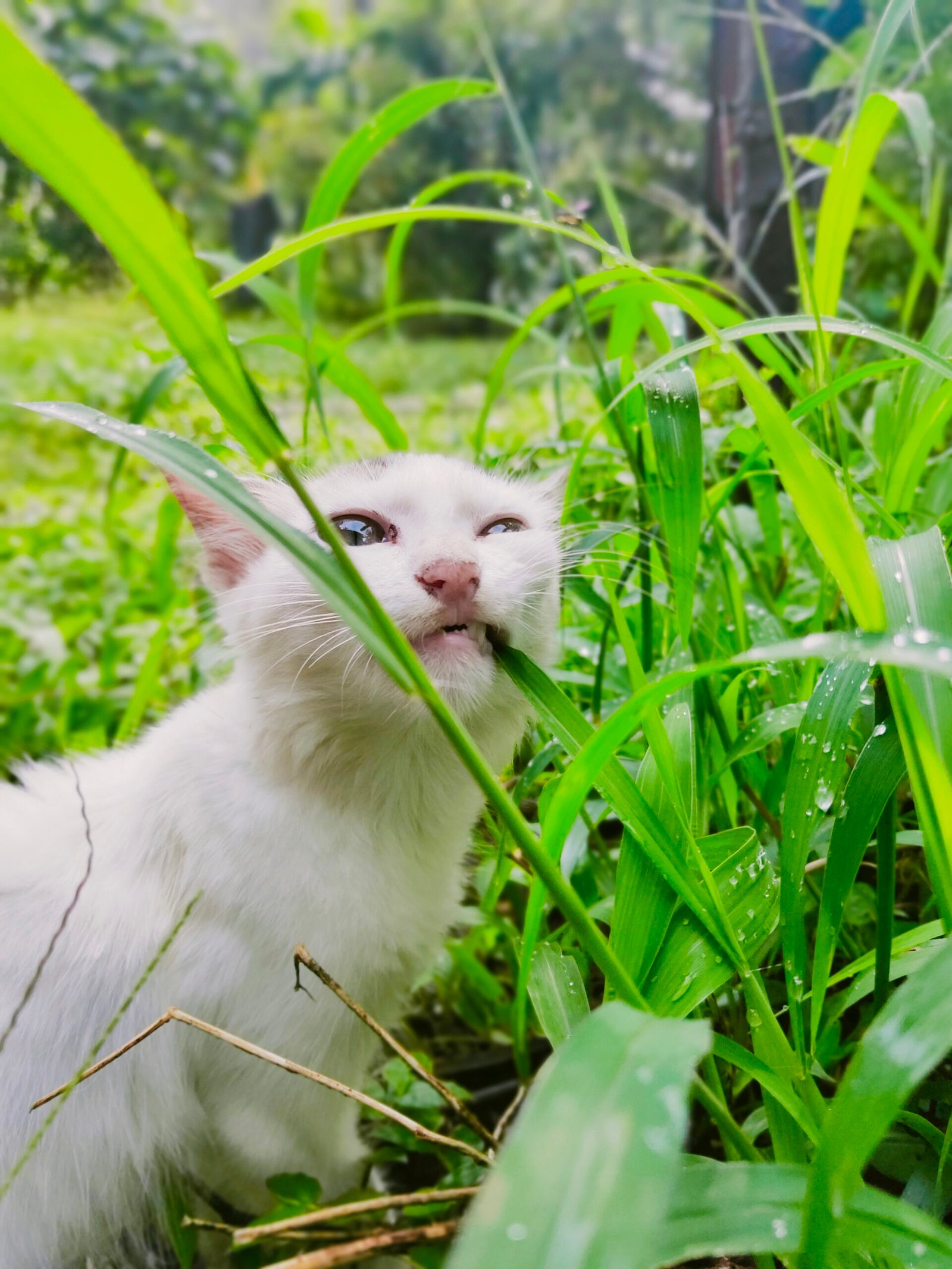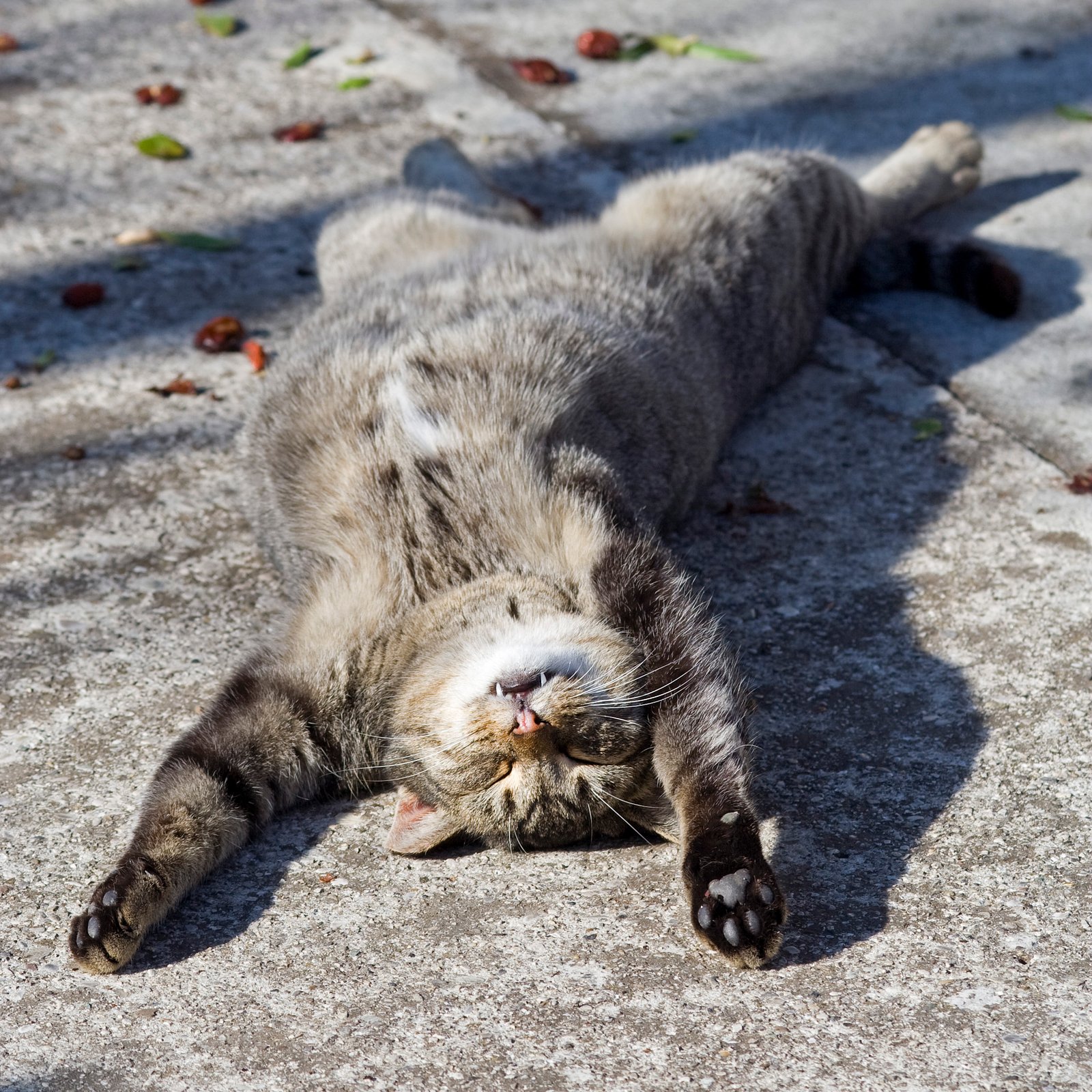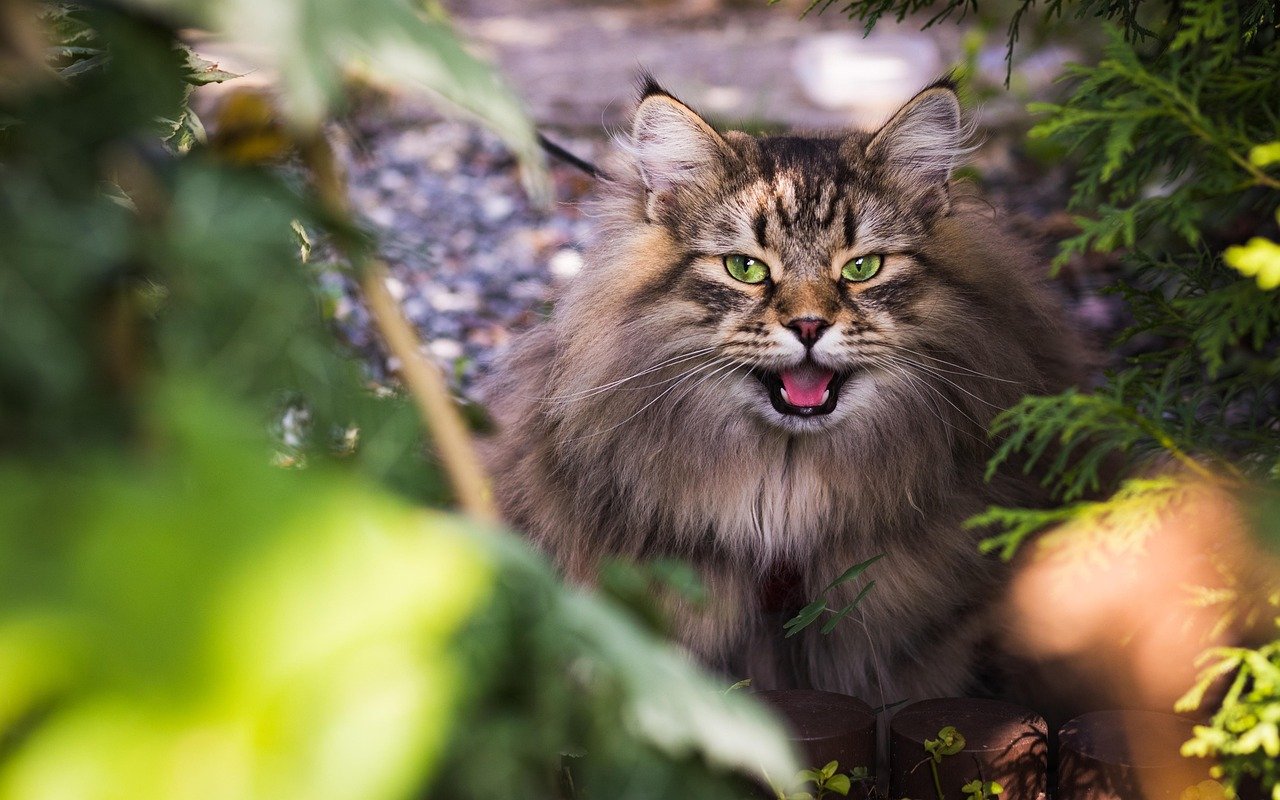For anyone who has ever shared their home with a feline friend, it’s no surprise that cats have a knack for spontaneity. One day they’re curled up in a sunbeam on the windowsill, and the next, they’ve claimed the top of the refrigerator as their throne. If you’ve ever wondered about the motives behind these sudden changes in sleeping spots, you’re not alone. Cats, with their enigmatic personalities, often leave their human companions guessing. Let’s delve into the emotional reasons behind this curious behavior.
Seeking Safety and Security
Cats are instinctively driven by the need for safety. This is deeply rooted in their evolutionary history as both predators and prey. A change in their sleeping spot might be a response to a perceived threat in their usual resting place. Just as people might shift their position in a room to feel less exposed, cats will seek out spots that offer them a sense of security. It could be a new noise or an unfamiliar scent that makes them feel uneasy. They might retreat to a higher place where they can keep a watchful eye on their surroundings, ensuring no predators can sneak up on them.
Temperature Preferences

Cats are known for their love of warmth, often seeking out the sunniest spots in the house. However, their temperature preferences can change, prompting them to swap sleeping locations. During colder months, they might snuggle under blankets or near heaters. In contrast, during warm weather, they may retreat to cooler areas like tiled floors or shaded corners. This behavior is not just about comfort but also about regulating their body temperature efficiently. Observing these shifts can offer insights into how your cat is feeling and adapting to the environment.
Territorial Instincts
Territoriality is a significant aspect of a cat’s behavior. Shifting sleeping spots can be a way for your cat to mark different areas of your home as their territory. By sleeping in various locations, they leave their scent, sending a message to other animals that might wander in. This behavior is not only a display of ownership but also a reassurance to the cat. It is their way of asserting control and maintaining a sense of balance in their environment. By changing spots, they keep their territory dynamic and under their watchful eye.
Changes in Household Dynamics

When new people or pets enter the household, a cat’s routine can be disrupted. This change in dynamics can lead to a shift in their sleeping spots. Cats are sensitive creatures and can be easily affected by changes in their environment. A new pet might occupy their favorite spot, or a new person might bring unfamiliar scents. In response, cats will seek out new areas that feel more personal or less crowded. These adjustments are their way of coping with the emotional impact of change, ensuring they maintain their comfort and peace.
Emotional Comfort
Just as humans have comfort foods or favorite places, cats have their comfort zones. A change in sleeping spots can signify a need for emotional comfort. Cats might associate certain areas with positive experiences or memories. For instance, a spot that smells like their favorite human can provide a sense of closeness and reassurance. Alternatively, they might choose a place that offers solitude when they need to retreat from the world. Understanding these emotional needs can help cat owners provide a more supportive and nurturing environment.
Health Considerations
Health issues can also influence a cat’s sleeping habits. If a cat is experiencing discomfort or pain, they might choose a different sleeping spot that offers more support or is easier to access. For example, older cats with arthritis might avoid high perches and instead opt for softer, more accessible areas. Observing these changes can alert owners to potential health concerns. It’s essential to monitor these behaviors and consult with a veterinarian if you notice significant or persistent changes in your cat’s sleeping patterns.
Curiosity and Exploration
Cats are naturally curious creatures, and exploration is a significant part of their behavior. Changing sleeping spots can be a reflection of this innate curiosity. By exploring new areas, cats can discover different scents, sounds, and perspectives. This behavior is not only stimulating for their minds but also enriches their daily lives. Just as humans enjoy a change of scenery, cats can benefit from this variety, keeping them engaged and mentally active.
Reclaiming Space
Sometimes, cats simply want to reclaim a space that has been occupied by another pet or even a human. This territorial behavior is their way of asserting dominance and ensuring they have control over their environment. It’s a subtle message that they are still in charge. By moving to different sleeping spots, they can reestablish their presence and remind others of their place in the hierarchy. This behavior is not aggressive but rather a natural part of their territorial instincts.
Seasonal Changes

With the changing seasons, cats often adjust their sleeping habits to accommodate shifts in daylight and temperature. In the summer, they might seek out cooler, shaded areas to escape the heat, while in the winter, they may gravitate towards warmer spots. These changes are a natural response to the environment and demonstrate their adaptability. By understanding these seasonal shifts, owners can better cater to their cat’s needs, ensuring they remain comfortable and content throughout the year.
Personal Preferences

Lastly, like humans, cats have personal preferences that can influence their choice of sleeping spots. What might seem like a random choice to us could be a deeply personal decision for them. Some cats prefer soft, cushioned areas, while others might enjoy the firmness of a wooden surface. These preferences can change over time, reflecting their evolving tastes and experiences. By observing and respecting these choices, owners can foster a more harmonious living environment, enhancing the bond with their feline companions.
In conclusion, the reasons behind a cat’s change in sleeping spots are as varied and complex as the cats themselves. Understanding these emotional motivations can deepen the connection between cats and their human companions, ensuring a harmonious and fulfilling relationship.
Hi, I’m Bola, a passionate writer and creative strategist with a knack for crafting compelling content that educates, inspires, and connects. Over the years, I’ve honed my skills across various writing fields, including content creation, copywriting, online course development, and video scriptwriting.
When I’m not at my desk, you’ll find me exploring new ideas, reading books, or brainstorming creative ways to solve challenges. I believe that words have the power to transform, and I’m here to help you leverage that power for success.
Thanks for stopping by, Keep coming to this website to checkout new articles form me. You’d always love it!






